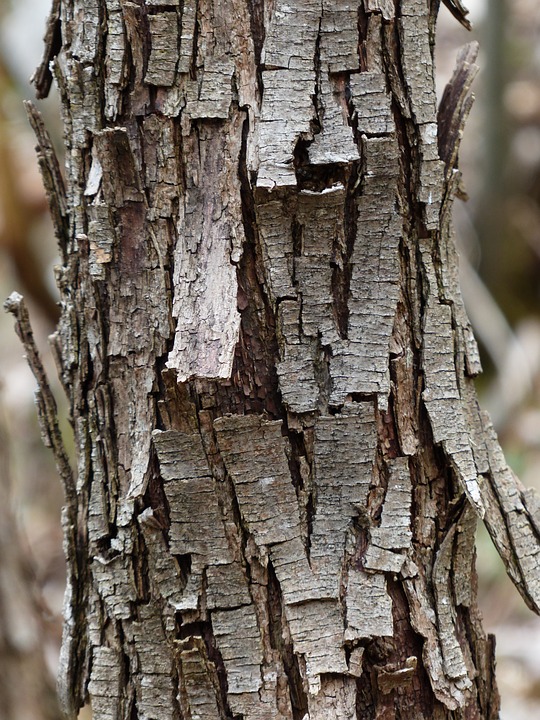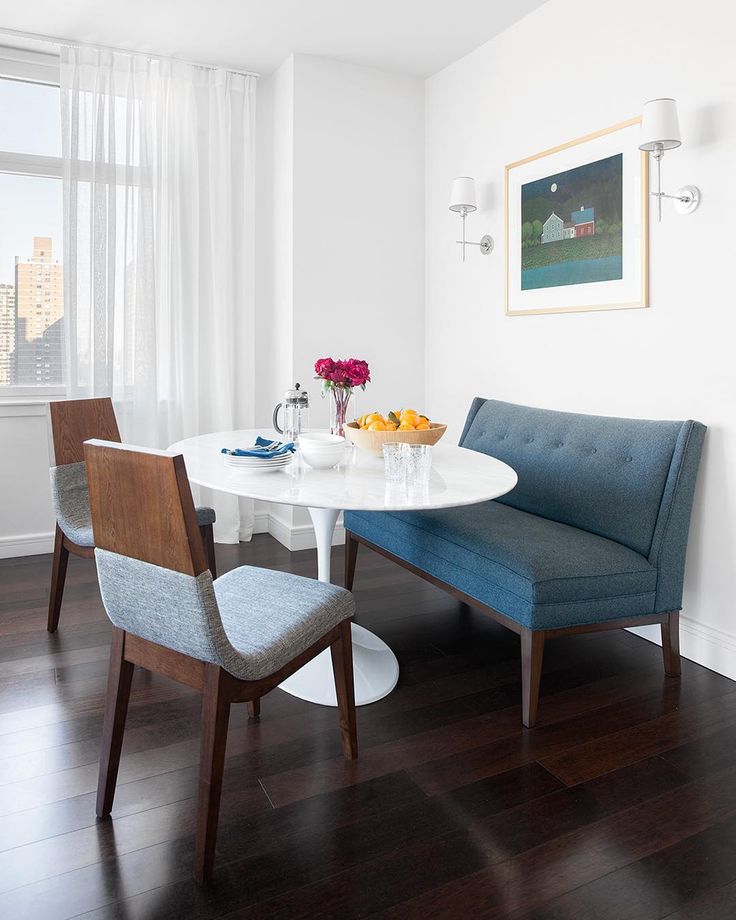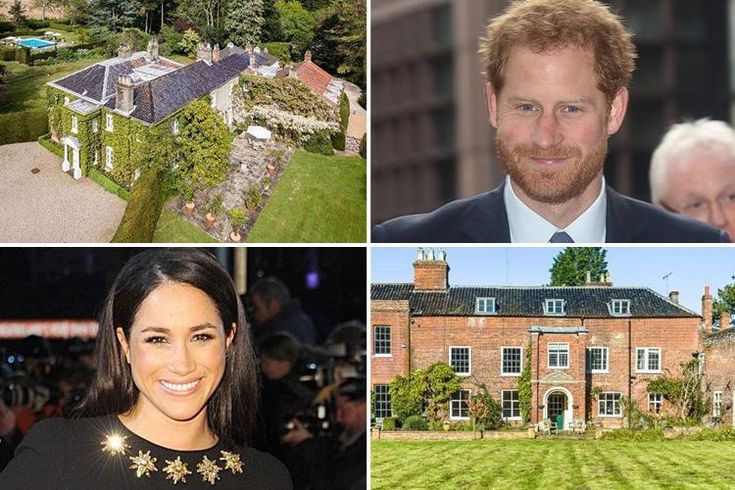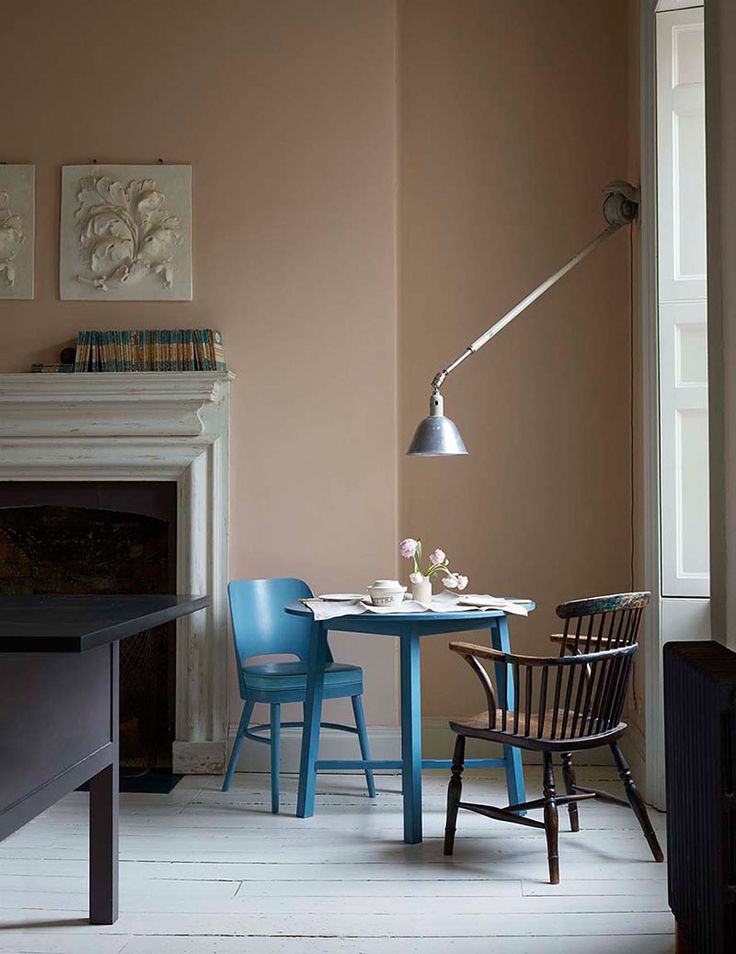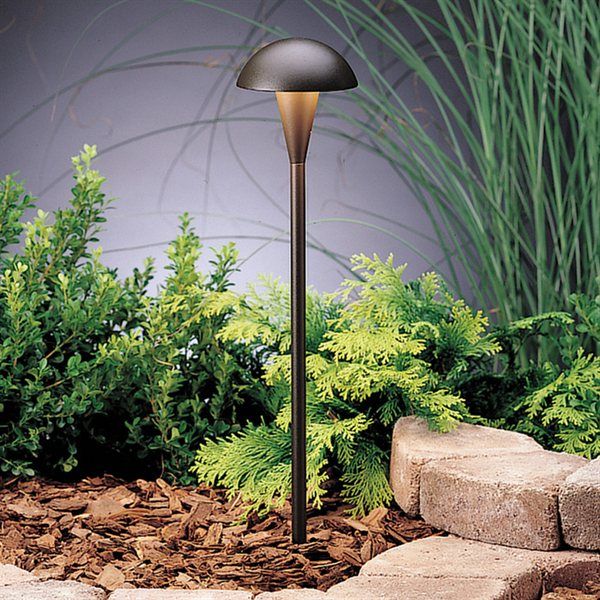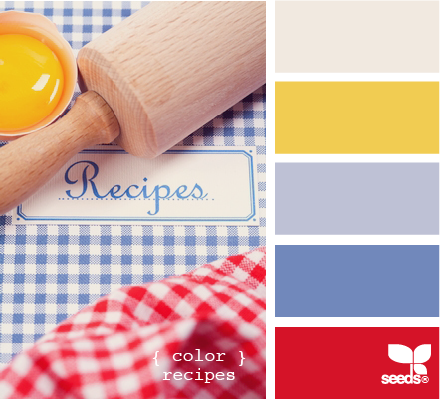Trees with coloured bark
14 Unique Trees with Vibrant Hues to Spark the Imagination
Vibrant colors possess the innate ability to bring joy and wonder to so many people. It is especially remarkable to behold when those colors appear in the most unusual places in nature, such as the Rainbow Eucalyptus trees. These trees with colorful bark are curious phenomena, though they are not the only species of tree on the planet that provide dazzling hues throughout the year.
If you’ve never seen these stunning rainbow trees, they are a visual delight that stays true to their name. When we think of tree trunks, we typically imagine dark brown and dull trees that are often forgettable.
Yet, there is a wide array of species that present colorful bark with shades of red, green, gold, and even white. Some also display brilliant textures and patterns that make their trunks noteworthy.
When set against a backdrop of winter, fall leaves, or just everyday settings, they make picturesque portraits that you cherish for a lifetime.
tb1234
tb1234
Table of Contents
- Trees with Unusual Bark Textures and Colors
- Rainbow Eucalyptus (Eucalyptus deglupta)
- Chinese Red Birch (Betula albosinensis): A Lovely Tree with Coppery-Pink Peels
- Japanese Stewartia (Stewartia pseudocamellia)
- Tibetan Cherry (Prunus serrula)
- Shagbark Hickory (Carya ovata): Trees with Intriguing Textures
- Chinese Parasol Tree (Firmiana simplex)
- Redwood (Sequoioideae): Iconic Trees Native to the United States
- Chinese Quince (Pseudocydonia sinensis)
- Paperback Maple (Acer griseum)
- Lacebark Elm (Ulmus parvifolia): Street Trees with Colorful Bark
- Coral Bark Maple (Acer palmatum)
- Sargent’s Cherry (Prunus sargentii): A Tree with Plenty of Polish
- American Sycamore (Platanus occidentalis)
- Paper Birch (Betula papyrifera)
While it may feel like these eye-catching trees belong in a museum, some actually retain very practical uses.
In certain parts of the world, the trees are best suited to street plantings due to their durability and a propensity to handle roadway dirt and grime. Others even get used as pulpwood to make paper.
Rainbow Eucalyptus (Eucalyptus deglupta)
(seandthomas/123rf.com)These gorgeous multicolored trees go by many names, including Rainbow Gum and Mindanao Gum. Native to places like the Philippines and Papua New Guinea, these are one of only four species of eucalyptus that grow outside of Australia.
They grow insanely fast and reach heights of up to 250 feet. These unique trees get their name from the vivid inner bark that appears after the smooth outer layer begins to peel back.
The tan exterior reveals shades of orange, blue, green, and reds, giving it the appearance of a rainbow.
While native to places like Indonesia, the Rainbow Eucalyptus also grows in the United States, primarily in warmer regions like Florida and Hawaii, and is one of the trees that grow on the beach in those areas.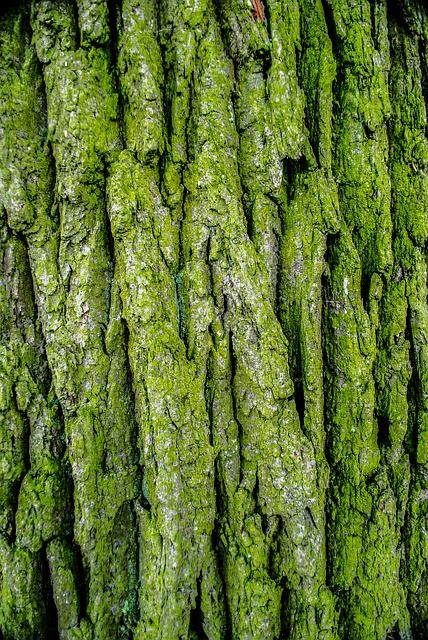 The most well-known grove of these exotic species exists in Maui, just off of the Hana Highway.
The most well-known grove of these exotic species exists in Maui, just off of the Hana Highway.
Chinese Red Birch (Betula albosinensis): A Lovely Tree with Coppery-Pink Peels
(russell102/123rf.com)Not only eucalyptus trees bear the honor of being some of the most colorful specimens in the northern hemisphere. Chinese Red Birch also displays lovely snips of color as their bark peels in winter.
Throughout the year, the trunk retains its coppery-pink hue, which is often joined with streaks of honey and caramel to enhance the tree’s beauty. Over time, the trunk also reveals thin, white bumpy lines or patches of brown that add texture to its appearance.
The deciduous tree grows up to about 50 feet tall and looks best when its golden-brown shades are set against the backdrop of sunlight. They are relatively low maintenance and don’t need much pruning to stay healthy and thriving.
Japanese Stewartia (Stewartia pseudocamellia)
(pix4japan/123rf.com)Another fantastic option to choose when it comes to adding color to your landscape is the Japanese Stewartia. The tree was introduced to the United States in the late 1800s and quickly earned its favor as one of the most beautiful trees for all-season interest.
The tree was introduced to the United States in the late 1800s and quickly earned its favor as one of the most beautiful trees for all-season interest.
It grows as far north as Maine and as far south as Texas. Japanese Stewartia reaches up to 40 feet tall, while the canopy spreads to around 30 feet.
In summer, the branches sport gorgeous Camellia-like flowers, while these trees with red leaves sometimes display yellow foliage in the fall.
The most beautiful part of the tree, however, is its mottled and patterned bark. While it is typically smooth in texture, aging trees develop patterns with bands of dull orange and greens along the surface.
Tibetan Cherry (Prunus serrula)
(annieeagle/123rf.com)An ornamental tree that looks great in winter gardens is the Tibetan Cherry. With glossy maroon bark, it’s no wonder why these plants make beautiful additions against a dull, grey backdrop.
The colors on the tree form in bright reddish bands along the trunk and sometimes exhibit little white ridges.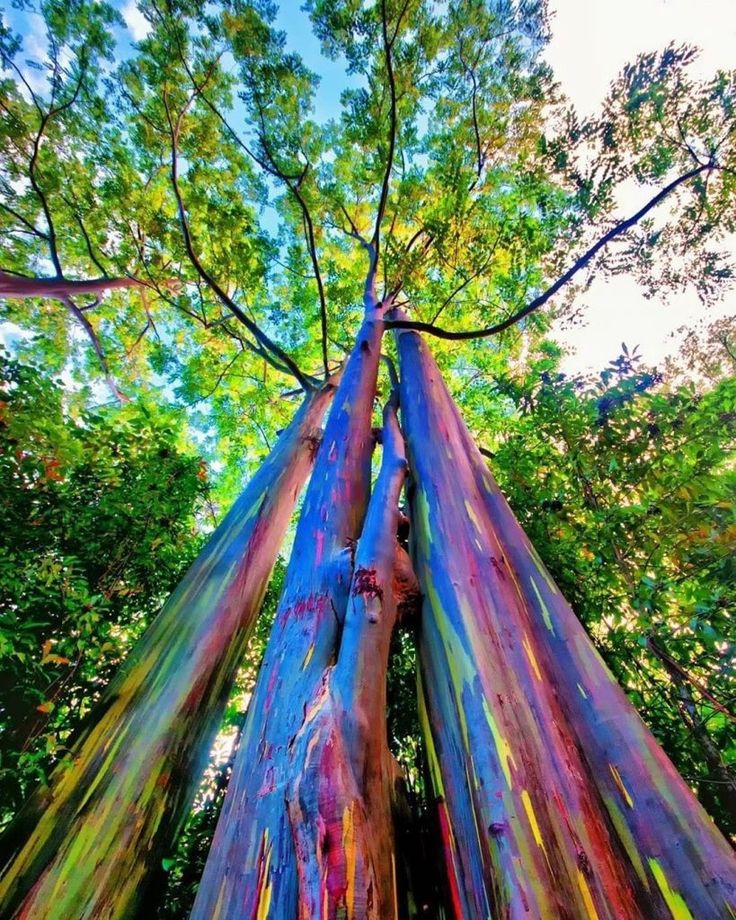 In spring, small, white flowers form, though they are not as notable as the tree’s trunk.
In spring, small, white flowers form, though they are not as notable as the tree’s trunk.
Originally from China, the Tibetan Cherry tree finds the ideal conditions in the mountain regions of North Carolina. They love full sun conditions and typically grow in either pyramidal or round shapes.
Shagbark Hickory (Carya ovata): Trees with Intriguing Textures
(angiec333/123rf.com)Many gardeners prize this next candidate more for the texture of the tree’s trunk rather than its colors. It gets its name from the shaggy appearance of its bark, which peels away to reveal numerous shifting layers.
These strips of bark peel in large plates that curve at the ends, giving the tree compelling visual appeal. Shagbark Hickory grows across the United States, typically stretching from Georgia to Quebec.
It was cultivated in 1629 and is a native plant, though some species exist outside of North America. Shagbark is a member of the walnut family and produces deliciously sweet nuts that are often transformed into hickory milk.
Chinese Parasol Tree (Firmiana simplex)
(alessandrozocc/123rf.com)When you think of trees, green is an apparent first thought. However, you rarely expect the green part of the tree to be the trunk itself.
The Chinese Parasol Tree’s attractiveness stems from the bright green inner bark and outer bark that sets it apart from the dull brown of other specimens. This deciduous plant is a member of the hibiscus family and thrives throughout most of the U.S.
In summer, it has small, green-tinged white flowers that group together in tight clusters. When established, the tree is also one of the best trees for hot dry climates and requires minimal maintenance.
Redwood (Sequoioideae): Iconic Trees Native to the United States
(marako85/123rf.com)One of the most iconically American trees is the redwood. This proud species of plants is so beloved that instead of adorning botanical gardens, the trees get their own protected home within national forests.
This tree reaches up to 250 feet, with a diameter of 15 feet, which accounts for its desire for big spaces.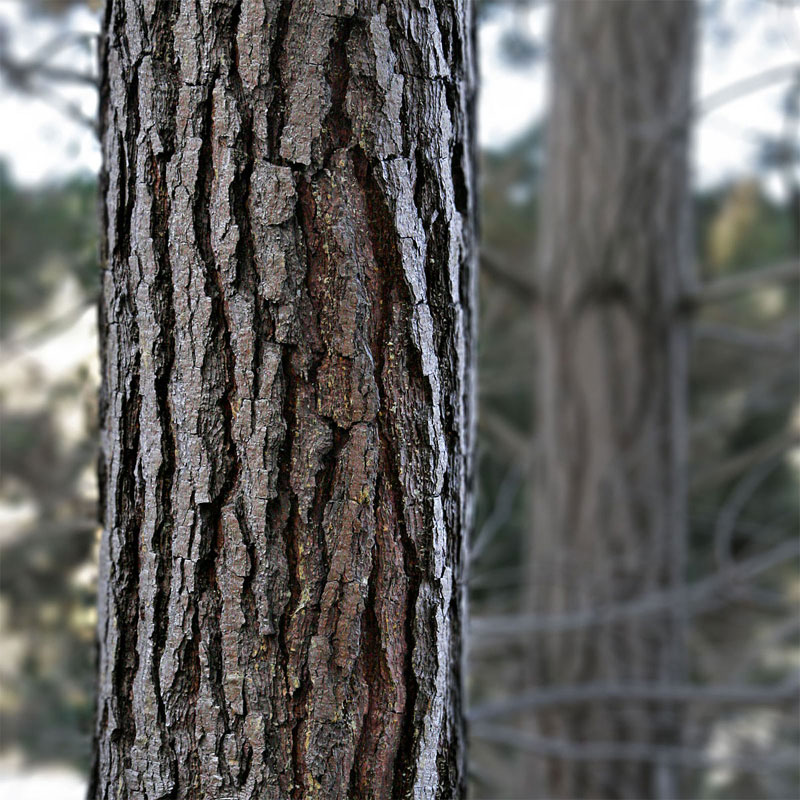 The bark on redwood trees is both functional and beautiful to behold.
The bark on redwood trees is both functional and beautiful to behold.
The outer layer is soft and stringy with bright reddish-brown hues. At times, the bark even grows up to 2 feet thick, which protects the tree from fire damage.
Despite its lovely appearance, much like the Rainbow Eucalyptus, some manufacturers use this colorful tree to make pulpwood for paper.
Chinese Quince (Pseudocydonia sinensis)
(likelike/123rf.com)Chinese Quince is a lovely tree that offers a distinct appearance. Although it is not one of the dwarf trees for landscaping, it is smaller than some of the other trees on this list.
Usually, the tree trunk displays a smooth, dark brown bark. When it peels, however, is when the tree shines in terms of style.
Intricate patches of white and cream form amidst the dark brown as peeling reveals the lighter colored inner bark.
Other enjoyable attributes of the plant include fragrant pink flowers that blossom starting in April. After the flowers, these hummingbird trees produces yummy fruits that ripen in fall, typically by October.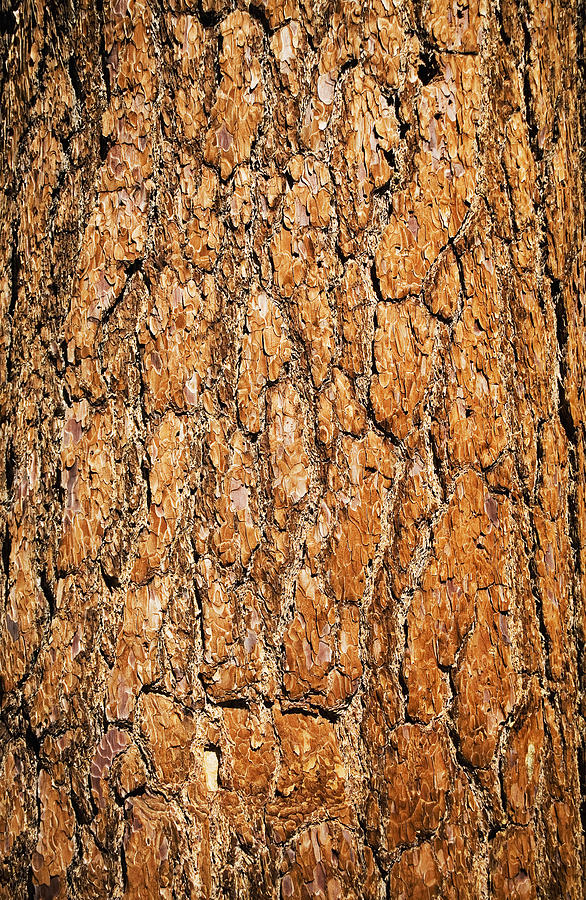 The fruits often find their way into tasty jams and jellies.
The fruits often find their way into tasty jams and jellies.
Paperback Maple (Acer griseum)
(jamescade/123rf.com)One of the best species of trees for winter interest is Paperback Maple. Against the winter landscape, these tree trunks look rather charming in a rustic sort of way.
These trees grow in small, round shapes and reach heights of about 30 feet. They are also very low maintenance. What gives the Paperbark Maple its rustic allure is its cinnamon-brown bark, which ranges in shades of red to coppery oranges.
The colors change with age as the bark peels away. The strips of bark are paper-thin, which is how the plant earns its name.
Lacebark Elm (Ulmus parvifolia): Street Trees with Colorful Bark
(tamu1500/123rf.com)When it comes to trees that grow in less than ideal conditions, the Lacebark Elm is one best suited to the task. These attractive plants thrive even when exposed to dirt and fumes from cars, so they often make the perfect street trees.
They are so hardy that some locations consider them invasive. The Chinese Elm was brought to the United States after a shipment of lumber imported infected beetles along with its cargo.
These beetles introduced Dutch Elm disease, which is an ailment against which the Lacebark Elm is resistant.
Their near-invincibility, along with their mottled exfoliating bark, makes them cherished in landscaping projects. When exposed, the inner bark reveals shades of varying greens, oranges, and grey.
Coral Bark Maple (Acer palmatum)
(stefaniavalvola/123rf.com)If you’re hunting for the perfect tree to add to your Zen garden, the Coral Bark Maple may be the plant of your dreams. Their spindling branches create a dramatic effect, but they also do well in compact spaces.
These trees are small compared to some of the other colossal giants on our list, stretching no further than 20 feet high, though some can be pruned back and developed in containers.
Also known as Japanese Maple, the stunning colors of this tree’s bark present themselves during the cold winter months.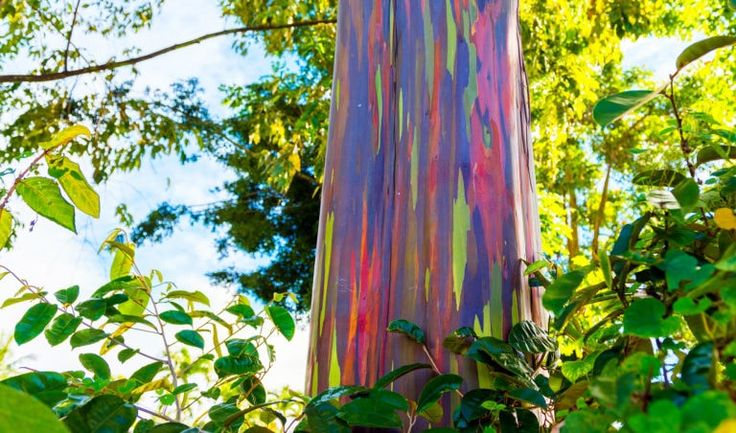
As the gold and orange foliage fades in fall, the tree slowly develops a reddish-pink bark that is just as lovely. The cold intensifies this color, providing a deeper shade with the more exposure the bark receives.
Sargent’s Cherry (Prunus sargentii): A Tree with Plenty of Polish
(jikgoe/123rf.com)Another ornamental flowering tree that delivers year-round beauty is Sargent’s Cherry. These trees grow up to about two feet each year, topping out at around 50 feet high and wide.
They are significantly more resistant to pests and disease than other cherry trees, making them easier to care for. What makes these tree trunks so special is their almost polished appearance.
The reddish cinnamon bark is stunning on its own but looks like it has also been buffed and shined. In late April, the bark of these pink and purple flower trees is enhanced by its blooms, while fall brings lovely shades of orange.
American Sycamore (Platanus occidentalis)
(dimaberkut/123rf.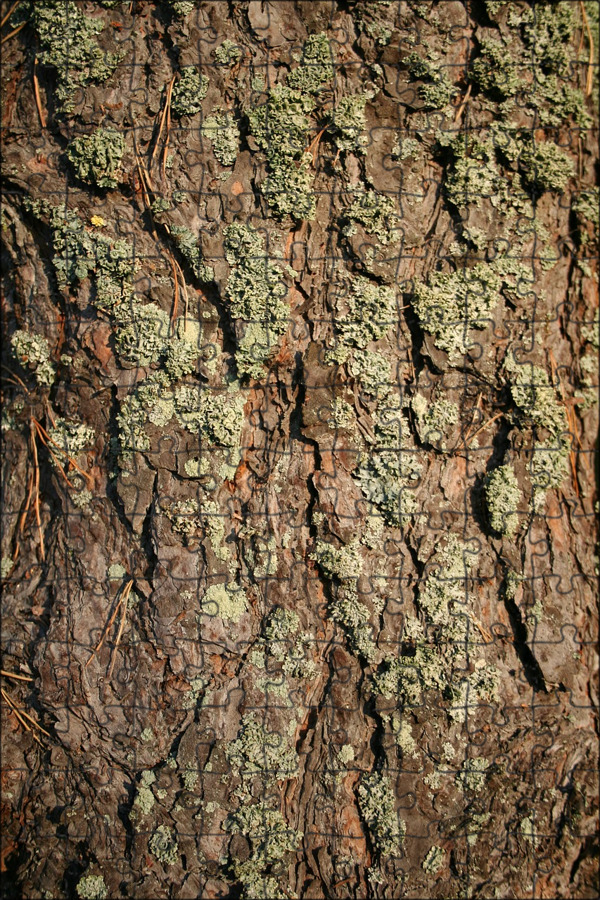 com)
com)A North American native that brings eye-catching loveliness is the American Sycamore. Instead of bright colors, the sycamore has numerous scales that shift not only in color but also in texture. Some colors include white, grey, green, and brown.
Each ovalish scale’s feel shifts from smooth to rough from one inch of bark to the next. The pattern on the bark creates a camouflage effect that is more intriguing to look at than other trees.
In addition to its visual allure, the tree is incredibly easy to maintain. The wood’s sturdy nature makes it a favorite in architectural projects and high-end furniture pieces.
Paper Birch (Betula papyrifera)
(clubhousearts/123rf.com)Sometimes the most impressive color scheme on a tree is the absence of color altogether. If you’ve ever seen the snowy white bark of a Paper Birch tree, you understand the stunning optical display these trees afford throughout the year.
In many cases, the peeling strips of bark reveal bits of pink and black flair that look gorgeous in all seasons. Also known as White Birch, young trees maintain a smooth white bark, while the older trees develop dainty little black ridges along the trunk.
Also known as White Birch, young trees maintain a smooth white bark, while the older trees develop dainty little black ridges along the trunk.
For centuries, the plant acted as the primary source of paper, dating as far back as Ancient Rome and making up Buddhist texts. Now, most enjoy the tree for its natural beauty, including the cascading catkins that droop down from its branches in spring.
You don’t have to visit exotic locations like New Guinea or Indonesia to experience the lovely array of colors nature offers.
There are plenty of trees native to all parts of the United States that provide a similar visual experience of stunning patterns and vibrant hues.
Whether you decide to plant some of these festive trees in your backyard or plan on enjoying them through sightseeing, there are plenty of species to look for.
(marako85/seandthomas/123rf.com)If you found this dazzling parade of unique plants interesting, please feel free to share your favorite trees with colorful bark with friends and family on Facebook and Pinterest.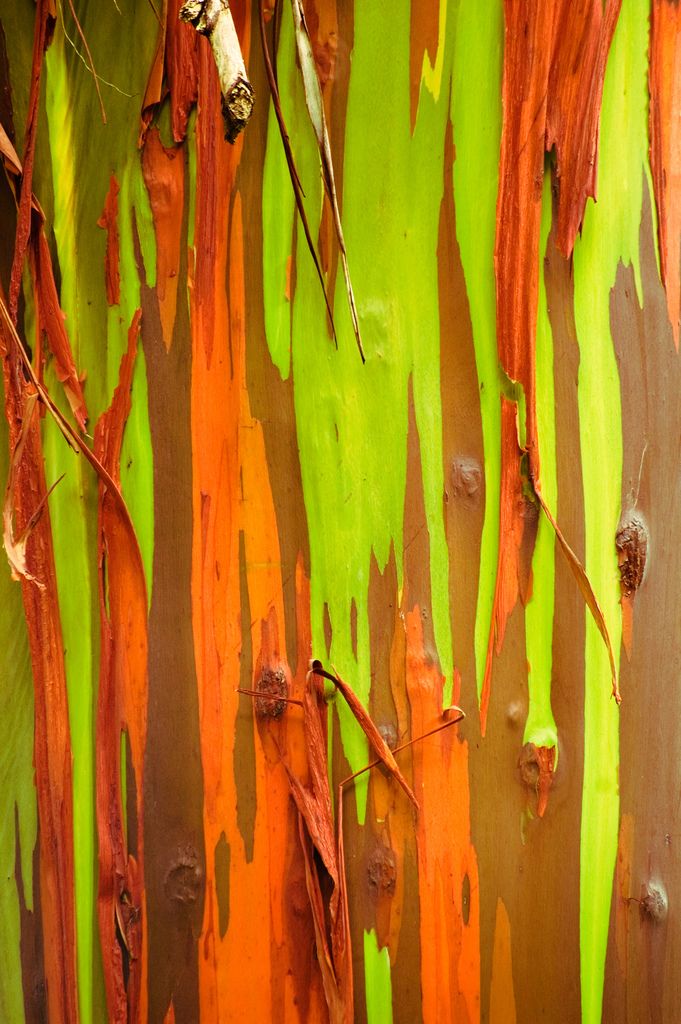
18 Trees with Beautiful Bark
I look forward to every season in the garden and to the unique charms and qualities that each has to offer. In winter, a blue sky day is the ideal time to appreciate trees, both native and exotic, with ornamental bark. Some like crape myrtle, kousa dogwoods and Stewartia species offer not only handsome bark that shines in winter but beautiful blooms too, during the growing season. And certain trees like the native American sycamore or the crape myrtle ‘Natchez’ look good no matter what the season.
Whether peeling, patchy, colorful, shiny or dull, bark is an asset. When you plant trees with ornamental bark, think about siting them against a backdrop of evergreens or conifers which will help to show off their bark, especially in winter. Including one or more trees with showy bark in your garden will help create a landscape with year-round interest.
Below is a list of trees with noteworthy bark. All are good choices for specimens or focal points in the landscape.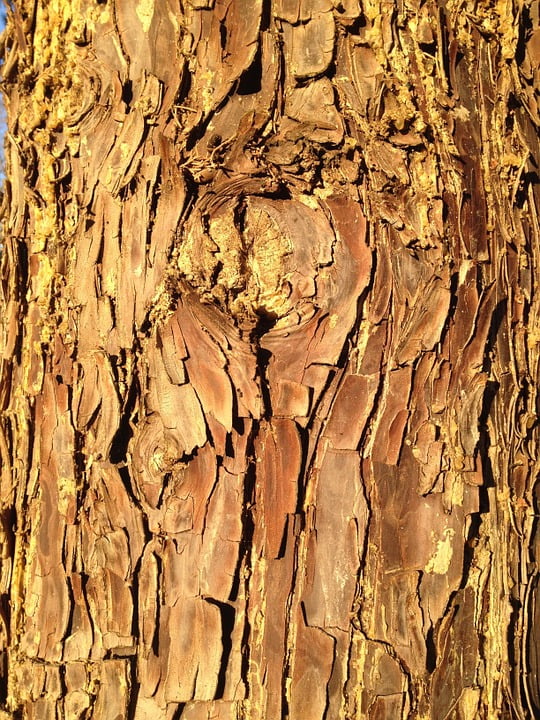 Most become more decorative as they mature over time. Some like river birch, Betula nigra ‘Heritage’, can get quite large and require lots of room to grow. A blend of colors, their colorful peeling bark can be easily appreciated from a distance or up close.
Most become more decorative as they mature over time. Some like river birch, Betula nigra ‘Heritage’, can get quite large and require lots of room to grow. A blend of colors, their colorful peeling bark can be easily appreciated from a distance or up close.
18 Bark Beauties
1. Trident maple: (Acer buergerianum) This tree has scaly, exfoliating bark that gets more ornamental with age, in gray, orange and brown. Zones 5 to 8.
2. Paperbark maple: (Acer griseum) Here's a tree that has peeling cinnamon-colored bark. Zones 4 to 8.
3. Japanese maple: (Acer palmatum ‘Bihou’) With yellow peachy stems, Japanese maple is a standout in the winter garden. Zones 5 to 8.
4. Japanese maple: (Acer palmatum ‘Sango Kaku’) This variety is striking, with coral-orange-red stems in winter. Zones 5 to 8.
5. River birch: (Betula nigra ‘Heritage’) River birch has peeling salmon-white bark. Zones 4 to 9.
Zones 4 to 9.
6. Paper birch: (Betula papyrifera) Paper birch has chalk white bark. Zones 2 to 6.
7. European hornbeam: (Carpinus betulus) European hornbeam's bark is gray and muscle-like. Zones 4 to7.
8. Shagbark hickory: (Carya ovata) Big shaggy strips of bark attach at the center and curl up. Zones 4 to 9.
9. Kousa dogwood: (Cornus kousa) This tree has a patchwork of gray, tan, brown and orange. Zones 5 to 8.
10. American beech: (Fagus grandifolia) You can recognize American beech trees by their smooth, silver gray trunks. Zones 4 to 9.
11. European beech: (Fagus sylvatica) European beech trees have smooth gray bark. Zones 5 to 7.
12. Chinese parasol tree: (Firmiana simplex) This tree has dark green bark. Zones 6 to 9.
13. Crape myrtle: (Lagerstroemia ‘Natchez’) Crape myrtle has cinnamon-colored bark.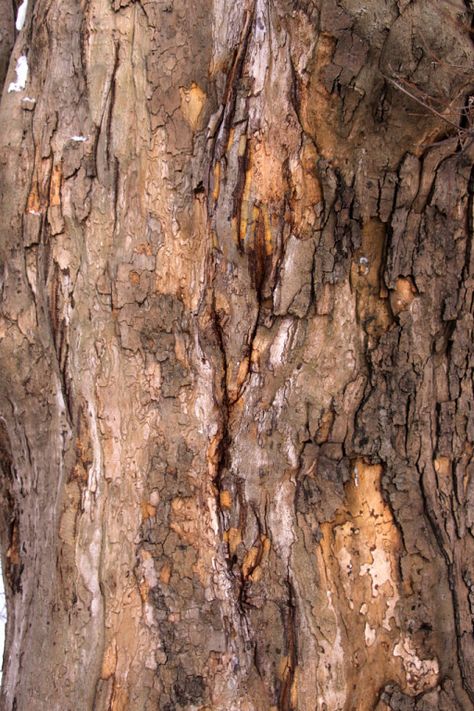 Zones 7 to 9.
Zones 7 to 9.
14. American sycamore: (Platanus occidentalis) Brown bark peels to reveal white inner bark. American sycamore is a large specimen tree that gets showier with age. Zones 4 to 9.
15. Chinese quince: (Pseudocydonia sinensis) Chinese quince has peeling sycamore-like bark. Zones 6 to 8.
16. Tall stewartia: (Stewartia monadelpha) Tall stewartia has cinnamon brown bark. Zones 6 to 8.
17. Japanese stewartia: (Stewartia pseudocamellia) Japanese stewartia has exfoliating gray, red and orange bark. Zones 5 to 7.
18. Lacebark elm: (Ulmus parvifolia) The bark of the lacebark elm sheds to reveal a patchwork of red, brown, green and gray. Zones 4 to 9.
Would you like to plant some of these striking trees in your yard? Hire an expert landscaping contractor.
Erica Glasener is a Networx writer.
Updated January 29, 2018.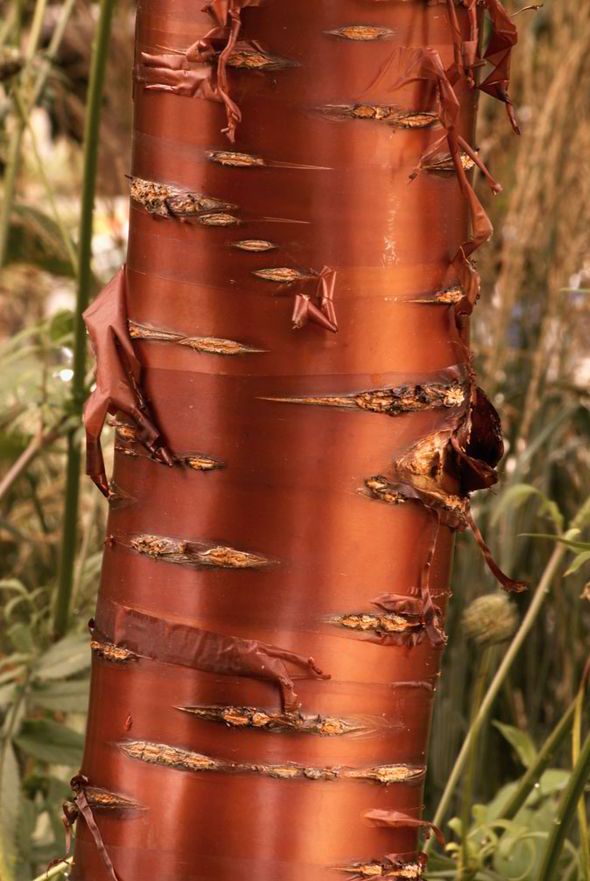
popular species, trunk color options, landscaping applications, planting rules, tips
As spring arrives, the first aromas of plants appear in the garden. But color still plays a decisive role. That is why it is so important to use plants with an interesting bark color. They will make the garden look beautiful all year round. Trees with bark having an original texture are of great value for landscapes of the middle lane. After all, it is here that the color palette is not as bright as we would like.
Most often, the bright color of the bark is found in smooth-bore plants. We are talking about two-year-old branches of shrubs and young branches of the upper part of the trees.
Contents
- 1 What color can the bark be
- 2 Types of plants with decorative bark
- 3 Common birch, an elegant decoration of the site (video)
- 4 Using plants with decorative bark in the landscape
- 5 Benefits of using plants with decorative bark
What color can the bark be
Most of the deciduous and coniferous trees have an interesting bark. In Scots pine it is bright orange, in birch it is white. Willows and bird cherry Maaka look beautiful and unusual.
In Scots pine it is bright orange, in birch it is white. Willows and bird cherry Maaka look beautiful and unusual.
The original color has an oriental plane tree with a camouflage trunk, but it is not widespread in Russia.
In this case, regardless of the shade, it is worth following one simple rule - to plant plants in the foreground, on the edge, near the paths. The thing is that colors are better perceived at close range.
Plant species with ornamental bark
Many types of plants have a peculiar coloring and bark pattern.
Consider the most famous:
- Willow. Of great interest is the willow family. Decorative effect is achieved by the presence of an interesting fissured-longitudinal pattern of the bark in combination with the original color of the shoots. The color of the bark can be white, silver, orange, purple.
- Birch. There is hardly a person who does not know how beautiful the color of the bark of this tree looks.
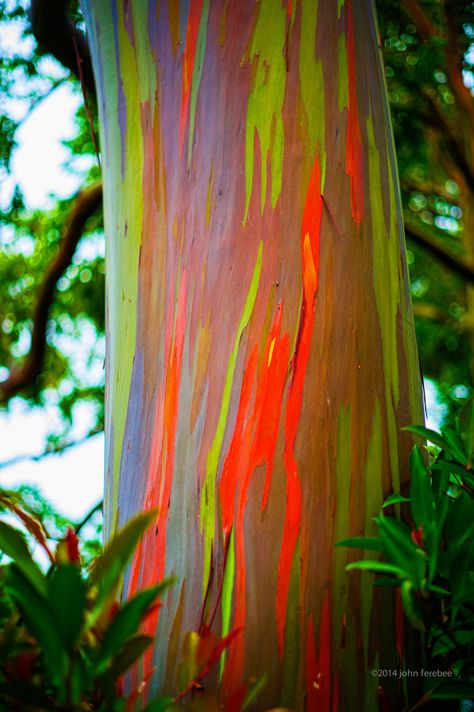 You may also be interested in the article “Birch - an elegant decoration of the landscape“.
You may also be interested in the article “Birch - an elegant decoration of the landscape“. - Bird cherry Maaka. Its main advantage is shiny, flaky, golden yellow, gray, copper-red or orange-yellow bark. Because of the ability of the bark to peel off, the tree is called the "beauty in tatters."
- Goat willow. The presented plant is best planted near a reservoir. The bark of the branches has a reddish color.
- Metelnik. A large-sized shrub is distinguished by an interesting coloring of young shoots - bluish-green. The bark of old branches is grey.
- Different types of derens. The presented plants have quite bright colors. So in the variety ‘Sibirica’ the branches are bright red, in white they are purple-red, in ‘Midwinter Fire’ they are blazing, in ‘Flaviramea’ they are green-yellow.
- Bunge Pine. This plant is widely distributed in China. It is characterized by an amazing, as if hand-painted, bark. Jokingly, it is called nothing more than camouflage.

- An exotic variant of the Mindanao rainbow eucalyptus. It is called the rubber painted tree. Eucalyptus grows in the Philippines, the islands of Hawaii and New Guinea.
- Maple shows an interesting "skin" of greenish-gray color. That's what they call him - serpentine. There is another maple worthy of attention. This palmatum ‘Sangokaku’ has coral red bark. Maple Nikko is also interesting. The plant is incredibly beautiful. The bark is golden brown with a pattern of diverging and converging vertical whorls.
- Stuart. The tree can become a year-round decoration of the garden. The bark is peeling, the color of the trunk is green, orange, white - as if someone had sprayed paint on the tree. Orange leaves and pink flowers add to the effect.
Common birch, elegant decoration of the site (video)
Use of ornamental bark plants in the landscape
Plants with an unusual trunk color will literally save a spring or winter garden that cannot boast of anything else.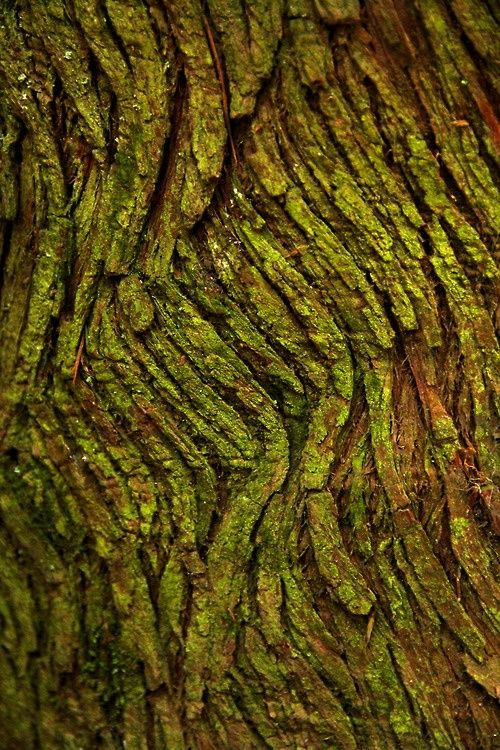 The presented option will allow you to break up a homogeneous landscape and make it more attractive.
The presented option will allow you to break up a homogeneous landscape and make it more attractive.
It is recommended to plant both evergreen and deciduous plants. At the same time, you should not carry out an exorbitant number of landings. Too little is also not the best way.
The optimal option is when there are 2 deciduous trees per 1 evergreen tree.
Deren is a real find for landscape design. It looks especially good in winter, thanks to the coloring of the bark in green, coral or yellow.
The plant feels great on any soil. Derains are planted in groups, in single plantings, as hedges, on steep slopes.
Important! The age of seedlings should not be older than 4 years.
Dachadecor.ru advises you to read the article “Do-it-yourself hedges“.
Benefits of using ornamental bark plants
Color plays a huge role in landscape design. Including the color of the bark of plants.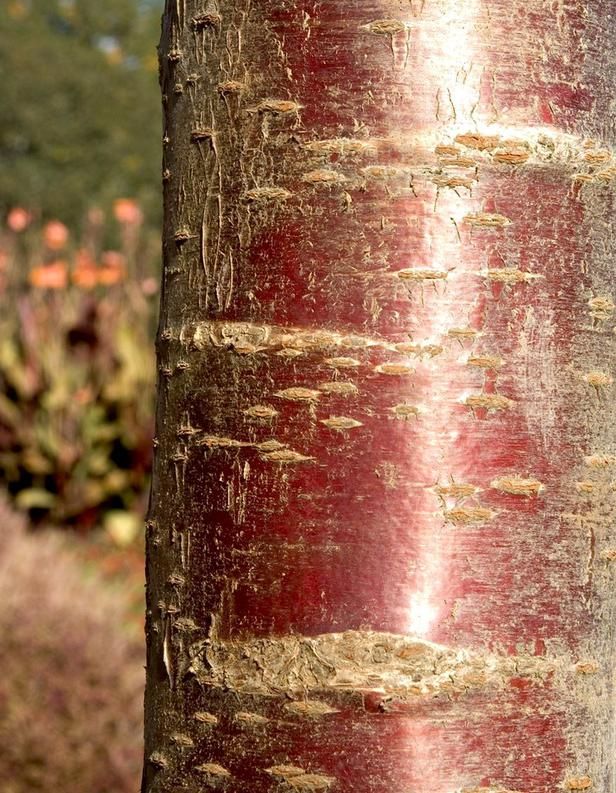
With it, you can make the garden cool or bright and warm.
Using plants with colorful ornamental bark can even change the size of a garden! So the cold shades of the bark - bluish, bluish, purple - will visually distance the trees from the viewer. Warm colors, on the contrary, will make the garden more closed and cozy.
Important! In any garden, green should remain the soloist.
Plants with decorative coloration of the bark are a real find for those who are fond of landscape design. Tree trunks can have absolutely any color, which means that the "appearance" of the garden will be unique. It also depends on the shade of the bark whether the garden will turn out to be cool or light and cozy. We recommend learning how to protect and cure trees from sunburn.
11 trees and shrubs with beautiful bark that will decorate the winter garden
Have you ever picked seedlings for the garden with an eye to their decorative effect in winter? We offer you a selection of trees and shrubs that will color the most gray and faded landscape.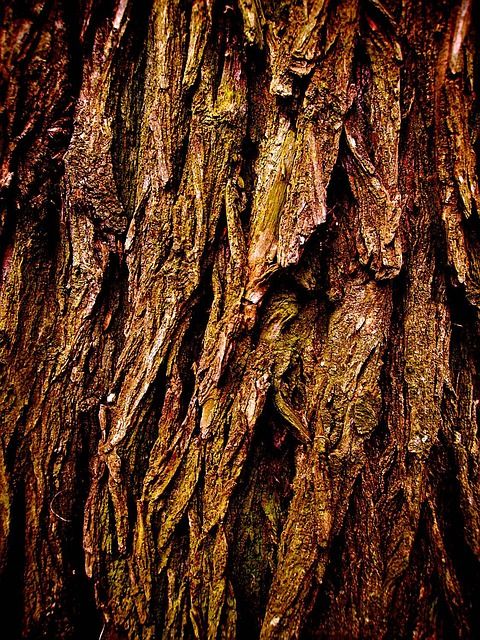
Winter doesn't have to be synonymous with a boring gray garden! With the right selection of trees and shrubs, your personal corner of wildlife can sparkle with a rich variety of colors and textures.
Take note of our list!
Jacquemont's useful birch (Betula utilis var. Jacquemontii)
The useful birch of the Jacquemann variety, or simply the Himalayan birch, as it is often called in everyday life, is perhaps the whitest birch in the world! Her bark finally turns white in the sixth year of life. Thanks to this feature in winter, especially in a light snow coat, she looks fabulous without exaggeration.
Given that this plant is native to the Himalayas, it feels great in the most severe frosts. This birch loves good lighting, but can also tolerate partial shade. Grows best in well-drained but well-drained soils. If your site is in a lowland, you should take care of the drainage of water.
Himalayan birch grows relatively slowly. The height of the tree reaches 9-12 m, while the width of the crown does not exceed 5-7 m. This is a multi-stem culture. The branches are directed upwards and do not "crumble" like a fan.
The height of the tree reaches 9-12 m, while the width of the crown does not exceed 5-7 m. This is a multi-stem culture. The branches are directed upwards and do not "crumble" like a fan.
Jacquemann's birches look particularly impressive in group plantings. They can be used to create mixborders and alleys. Himalayan birches can be planted along the fence. And in winter, your site will be edged with the finest lace of snow-white branches.
Saw cherry (Prunus serrula)
Sawtooth cherry, a close relative of sakura, is also known among gardeners as the Tibetan cherry. This ornamental tree is attractive with shoots and a trunk of a luxurious shade of mahogany. The bark is glossy, shiny, densely speckled with streaky lenticels.
Tibetan cherry is a multi-stemmed tree with a branched crown. In adulthood, its height and crown diameter are approximately equal and reach 6-9 m.
Cherry of this species is truly unpretentious: it grows well on soils of various types, but especially prefers those rich in humus. Like other members of the family, the tree needs good lighting and watering, and does not like stagnant water in the area.
Like other members of the family, the tree needs good lighting and watering, and does not like stagnant water in the area.
The plant is frost-resistant and adequately endures the winters of the middle zone. In addition, this cherry does not require complex care and radical pruning.
Sawtooth cherry looks magical not only in spring during flowering, but also in winter due to the bright color of the shoots. And in summer and autumn it is decorated with glossy dark green foliage.
Himalayan cherry fruits can theoretically be eaten raw, but in fact they have a very specific taste, not very pleasant. Most often, berries are used in folk medicine.
Heptacodium miconioides
Heptacodium miconioides has many beautiful names: northern myrtle, German rhododendron, and autumn lilac. But best of all, its appearance reflects the nickname given to the plant by the people - a flower about seven sons.
The fact is that the inflorescences of heptacodium are collected in lush paniculate brushes of 7 pieces.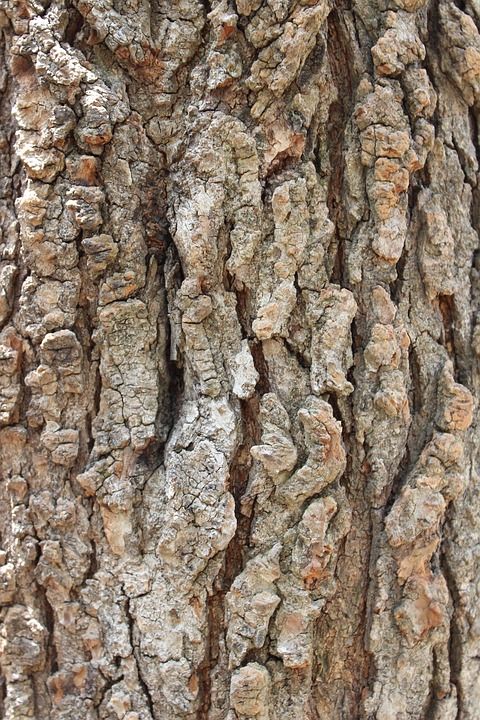 During flowering, they are strewn with snow-white flowers, and at the end of it they acquire a dark pink color - the sepals in which the purple fruits "hide" are painted in this color. It is the faded heptacodiums that resemble lilac bushes or rhododendrons.
During flowering, they are strewn with snow-white flowers, and at the end of it they acquire a dark pink color - the sepals in which the purple fruits "hide" are painted in this color. It is the faded heptacodiums that resemble lilac bushes or rhododendrons.
The flowering period falls at the end of summer - the beginning of autumn. At this time, the corner of the garden, occupied by the heptacodium, is filled with a pleasant sweet aroma, something reminiscent of the smell of climbing honeysuckle Honeysuckle, and butterflies flutter around the fragrant bush.
We are interested in the appearance of this little-known shrub in our area in winter. Pink brushes are stored until the very first frost. But even without such an elegant decoration, the heptacodium attracts attention. Its shoots are covered with exfoliating barley-gray bark, very similar to the bark of the sycamore tree.
Culture can be formed not only as a shrub, but also as a small tree. The heptacodiums formed on three stems look the most beautiful.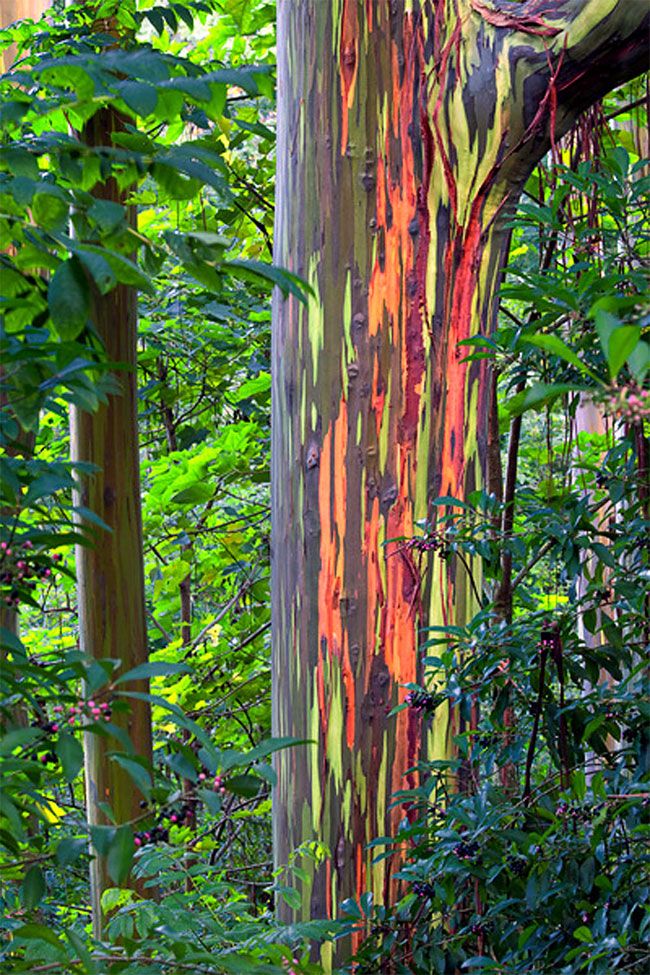 An adult plant grows up to 3-5 m.
An adult plant grows up to 3-5 m.
This ornamental plant has won the recognition of many fans in Canada and the USA, and also managed to gain popularity in Western Europe. It is quite possible to grow it not only in the Moscow region, but also in the middle lane - according to the assurances of breeders, heptacodiums must endure frosts down to -29°C
Heptacodiums are planted in well-lit areas protected from the wind.
White Derain (Cornus alba)
White Derain (or White Svidina) is a favorite plant in autumn and winter mixborders. Its cherry-red shoots will bring bright accents to the "asleep" garden. For example, we have already offered the option of a beautiful flower garden with derain, heather, erica and herbs.
This shrub changes its “dress” several times in one season. In late spring and summer, he is "dressed" in green and white: the foliage is strewn with small brushes 5 cm in diameter, collected from tiny whitish-cream inflorescences. In autumn, the leaves turn yellow, and the arrival of winter deren meets in a red "suit".
In autumn, the leaves turn yellow, and the arrival of winter deren meets in a red "suit".
The fruits of this derain ripen in the middle of summer. Usually they are white, but in some varieties they become bluish-blue.
White sod sometimes blooms again in summer.
The bush will not give you trouble: it does not get sick, is not afraid of frost, drought and slight flooding.
The height of an adult plant is 2.4-3 m.
Keep in mind that trimming the turf depends on your plans for its participation in the garden "symphony". If you want to achieve the maximum spectacular look in winter, you need to stimulate the branching of the bush. To do this, cut off a third of the old shoots to the ground in early spring. If you want the deren to bloom and bear fruit, do not prune the young shoots.
There are various cultivars of white sod. The most popular of them are Elegantissima (Elegantissima), which is notable for its green foliage with a white border, Aurea (Aurea) with golden leaves, Sibirika (Sibirica) with bluish fruits.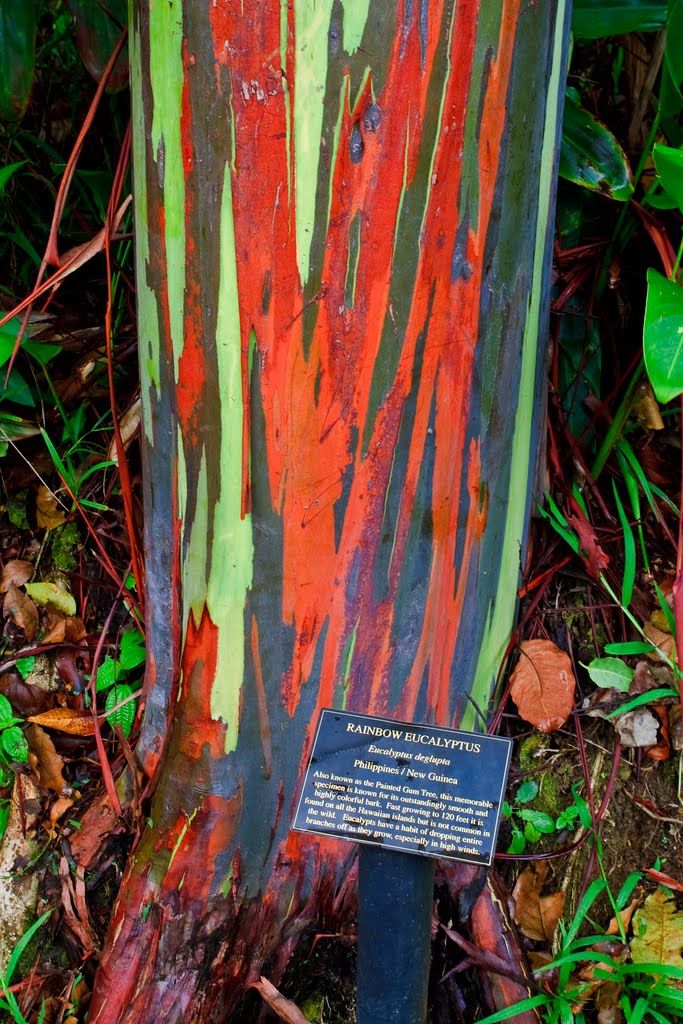
Red turf (Cornus sanguinea)
Another variety of pork is blood-red (an alternative name is red turf). This shrub, just like its "brother", boasts a luxurious red tint of shoots. True, in his case, the color often becomes more reddish, almost orange.
The foliage of this deren is deep green in summer, turning purple-orange in autumn. Inflorescences, like the previous type of deren, are white. You can distinguish between these two varieties by the fruits - in the blood-red they are blue-black, almost inky.
Mature shrub reaches a height and width of up to 1.5-1.8 m. It is unpretentious to the type of soil, not susceptible to diseases. It is best to plant it in partial shade or in areas with diffused light.
Derain Red is ideal for creating hedges and mixborders.
The pruning principle for this plant is the same as for white sod. It is not necessary to carry it out, but to stimulate the formation of new shoots every spring, 1/3 of the old branches are cut into a ring.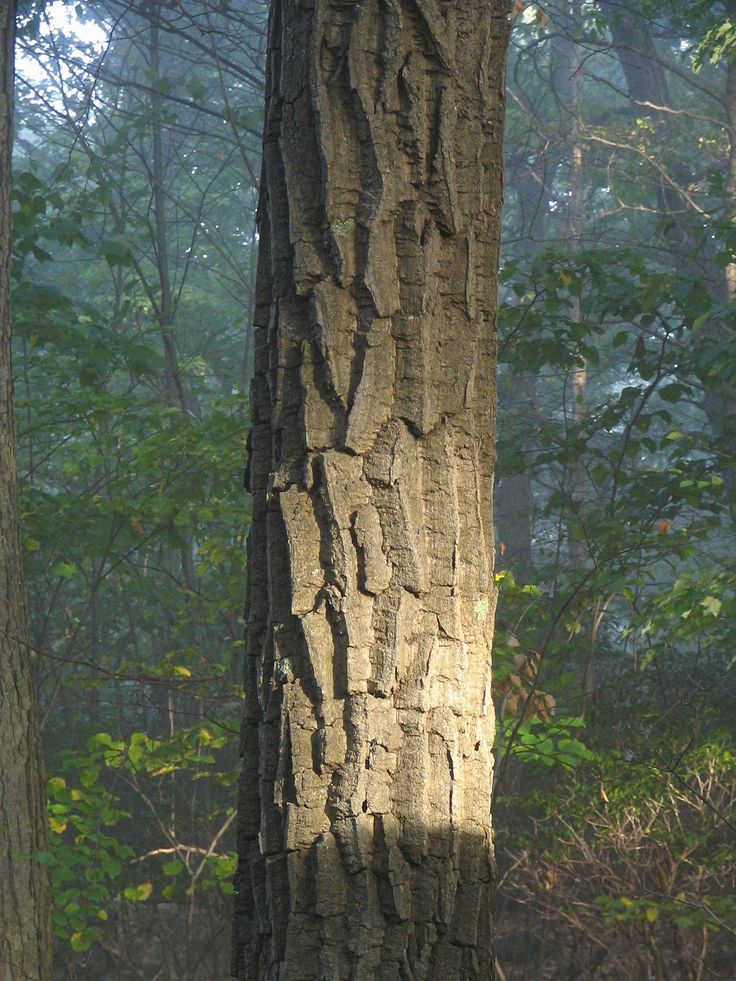
Popular varieties of blood red derené - Magic flame (Magic Flame), Midwinter fire (Midwinter Fire).
Offspring derain (Cornus sericea, C. stolonifera)
Another beautiful type of turf is offspring turf. In size, it is slightly more compact than white turf and slightly larger than blood-red turf - an adult plant reaches 1.8-2.7 m in height and 2-3.6 m in width.
offspring turf varieties Cardinal
Breeders also bred undersized varieties of offshoot turf: Kelsei (Kelseyi) - up to 90 cm high, Insanti (Insanti) - up to 1.5 m high.
Kelsei (left) and Insanti (right) offspring turf
As with blood red turf, the color of shoots depends on the cultivar. For example, in plants of the popular variety Flaviramea (Flaviramea) the bark is bright yellow, in the bushes Cardinal (Cardinal) - scarlet.
Flaviramea offspring turf
This turf grows quickly and does not require complex care.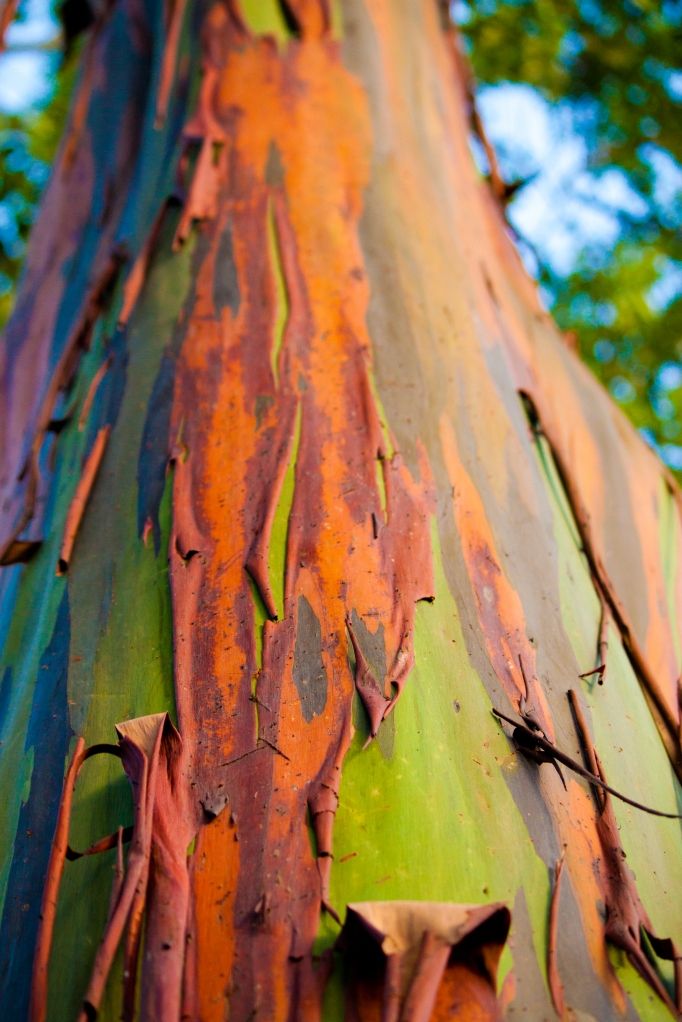 He loves moist soils, so it can be used in compositions near ponds.
He loves moist soils, so it can be used in compositions near ponds.
White willow (Salix alba)
Some types of willow can also be a worthy decoration of a winter garden. For example, white willow, or silver. Of course, the willow that has long become familiar, which grows in almost every yard, is unlikely to surprise anyone. But its unusual variety - Vitellina, will certainly attract attention with a bright shade of bare branches.
White willow cultivar Bricensis
Vitellina willow cultivar Britzensis (Britzensis) will enchant you with its fiery orange-red shoot color, cultivar Yelverton (Yelverton) - orange, varieties Golden Ness (Golden Ness) - golden.
White willow variety Golden Ness
White willow grows rapidly - up to 1.2-3 m per season. An adult tree grows up to 7 m. This must be taken into account when planting.
Best planted in sunny areas with moist, loose loamy soil.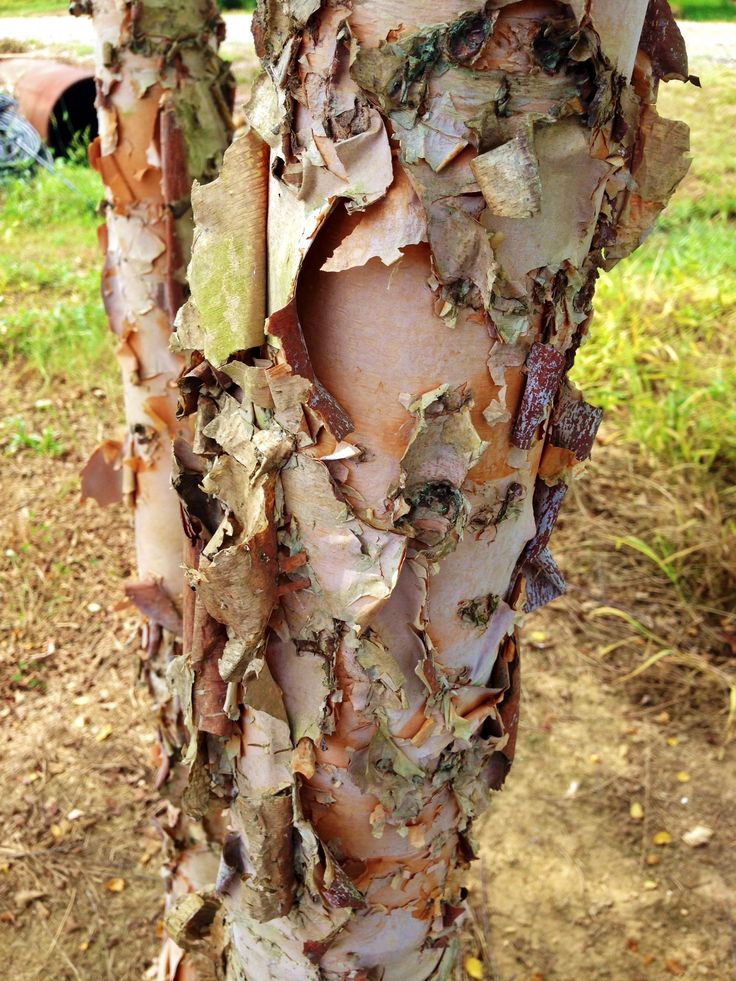
White willow Yelverton
White willow is not afraid of frost and drought. In addition, it can be planted near water bodies.
Palmatum maple (Acer palmatum)
Palmate maple is a luxurious ornamental tree native to Japan. It is valuable not only for the beautiful shape of the leaves characteristic of other maples, but also for the variety of bark colors.
For example, Maple Bloodgood (Bloodgood) has shoots and foliage of a rich wine shade, variety Sango Kaku (Sango Kaku) has orange-red branches and light green leaves that turn yellow in autumn.
Bloodgood Palm Maple
The height of a tree depends not only on the variety, but also on the formation and growing conditions. On average palm-shaped maples grow up to 4-10 m in height.
This crop is surprisingly hardy, rarely gets sick, and does not require frequent pruning.
Sango Kaku palm-shaped maple
Forming and preventive pruning is carried out no earlier than 2-3 years of life and always in the fall, at rest.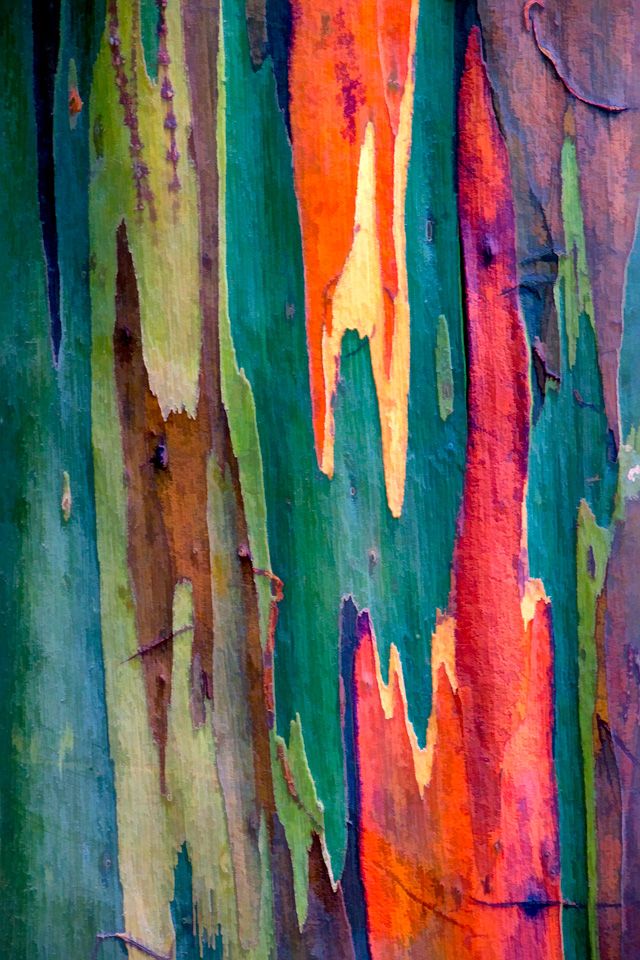
15 fascinating trees from all over the world
Gray maple (Acer griseum)
Gray maple is known for its unusual, showy chestnut-colored peeling bark. Thanks to this distinctive feature in winter, against the background of a gray sky and snow-covered ground, it looks even more spectacular than in summer.
It is worth noting that the autumn colors of this tree also enchant: the foliage acquires a ruby hue, and this maple looks luxurious without exaggeration.
But this culture grows slowly. An adult tree reaches 6-10 m in height, and its crown is 4.5-7.5 m in diameter.
Gray maple can withstand temperatures down to -40°C, and according to some sources even down to -45°C.
Plant this crop in sunny or semi-shady areas with moist, loose soil.
Like Palm Maple, Gray Maple does not need to be pruned. If desired, the formation is carried out every 2-3 years in the fall.
Common hazel (Corylus avellana 'Contorta')
Common hazel can hardly be classified as an ornamental garden shrub.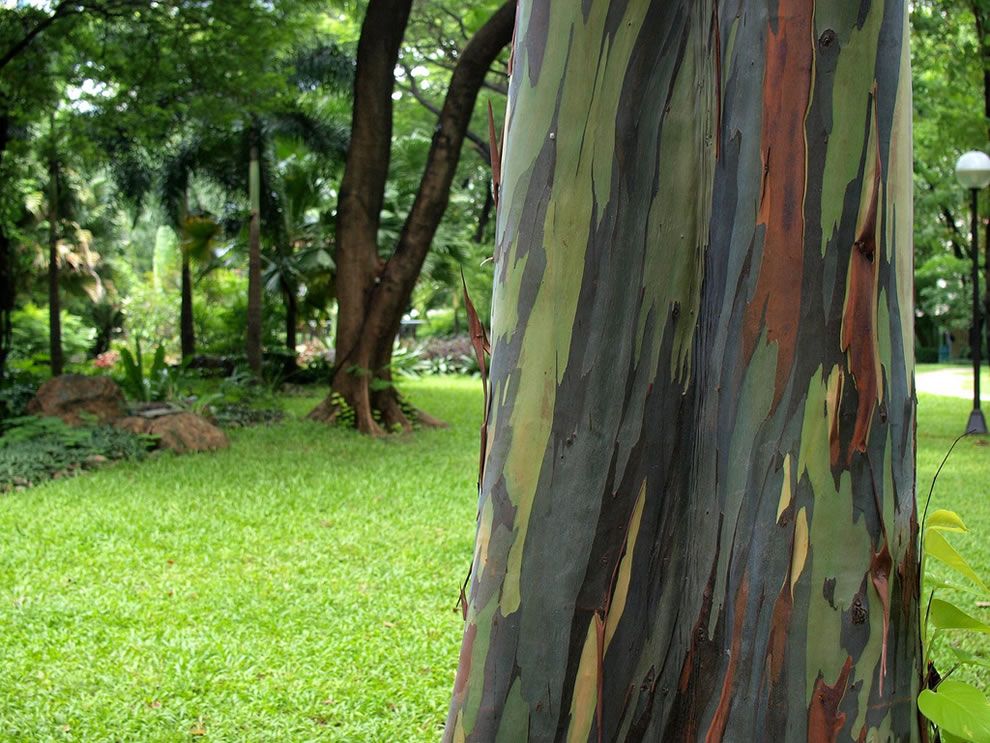 But her Contorta form deserves special attention! Hazel is beautiful not so much for its bark of a pleasant brown hue, but thanks to twisted, strongly twisted shoots. From afar, bare shoots resemble nothing less than a ball of writhing snakes.
But her Contorta form deserves special attention! Hazel is beautiful not so much for its bark of a pleasant brown hue, but thanks to twisted, strongly twisted shoots. From afar, bare shoots resemble nothing less than a ball of writhing snakes.
In conditions of the middle belt, the height of the shrub rarely exceeds 1.5-2 m, and in warm regions it can reach 4 m. Kontorta hazel can also be grown in containers. It is best planted in sunny areas.
Pruning is minimal for this hazel - in spring, before the buds swell, it is enough to cut off damaged, old and ugly growing shoots.
Hazel is frost-resistant, winters well in the middle lane, rarely gets sick.
This plant can be planted in groups as a hedge.
Leather mackerel (Cotinus coggygria)
Leather mackerel is one of those ornamental shrubs that delight the eye all year round. No wonder the people often call it a miracle tree and a paradise tree.
During the flowering period, the skumpia is covered with airy racemes of inflorescences, which make it look like a pink cloud of cotton candy.